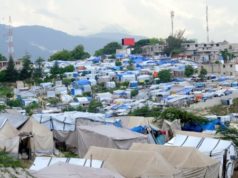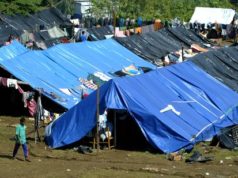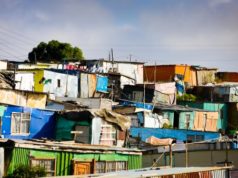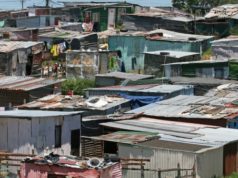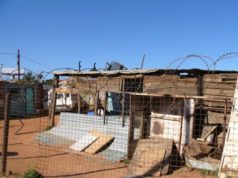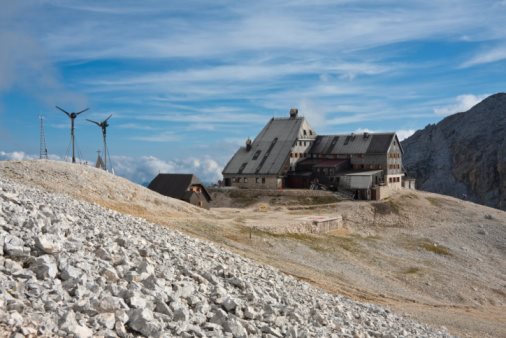
The Republic of Congo, also known as Congo Brazzaville, has long been troubled by violence and insecurity. Over the years, the country has faced numerous internal conflicts, resulting in large numbers of people fleeing their homes. Many of these refugees have ended up in neighboring countries, seeking safety and stability.
The refugee crisis in Congo has taken on many shapes and forms over the years, with thousands of people being forced to flee their homes due to violence and insecurity. The most recent wave of displacement has been caused by the ongoing conflict in the Pool region, which began in 2016. This conflict has pitted the government against a rebel group known as the Ninjas, causing significant civilian casualties and displacement.
In this article, we will explore the Congo refugee crisis in depth, examining its causes and consequences. We will also look at the response of the international community, including the United Nations and various NGOs, to this ongoing crisis.
Causes of the Congo refugee crisis
There are many factors that have contributed to the refugee crisis in Congo, including conflict, political instability, and human rights abuses. For many years, the country has been plagued by political violence and insecurity, with various armed groups vying for power and control. This has resulted in numerous internal conflicts, causing thousands of people to flee their homes in search of safety and security.
One of the major drivers of the current refugee crisis is the conflict in the Pool region. This conflict began in April 2016, when former rebel leader Frédéric Bintsamou, also known as Pastor Ntumi, called for a boycott of the presidential elections. This call was met with government opposition, leading to clashes between government forces and the Ninjas, a group loyal to Pastor Ntumi.
Since then, the conflict has escalated, with both sides committing numerous human rights abuses and causing significant civilian casualties. According to the United Nations, around 138,000 people have been displaced by the conflict, with many of those fleeing to neighboring countries such as the Democratic Republic of Congo (DRC).
In addition to the conflict in the Pool region, there are many other factors that have contributed to the Congo refugee crisis. These include political instability, economic hardship, and an overall lack of security. The country has also faced numerous natural disasters, including flooding and landslides, which have forced many people to flee their homes.
Consequences of the Congo refugee crisis
The Congo refugee crisis has had a significant impact on both the refugees themselves and the countries hosting them. For refugees, the crisis has meant a loss of safety, security, and stability, as well as a separation from their families and communities. Many have suffered from trauma and mental health issues as a result of the violence and insecurity they have experienced.
For host countries, the Congo refugee crisis has posed significant challenges, including strains on resources and services. Many of the countries hosting refugees are themselves struggling with poverty, political instability, and conflict, making it difficult to meet the needs of those fleeing from Congo. This has led to issues such as overcrowded refugee camps, limited access to healthcare and education, and a lack of adequate housing and sanitation.
International response to the Congo refugee crisis
The international community has responded in various ways to the Congo refugee crisis, including providing humanitarian assistance and support to refugees and host countries. The United Nations has played a major role in coordinating the response, working with various NGOs and local partners to provide aid and support to those affected by the crisis.
One of the key challenges faced by the international community has been securing funding and resources for humanitarian assistance. According to the United Nations, only around 18% of the funding needed for the humanitarian response to the Congo refugee crisis has been received. This has made it difficult to provide adequate support to those in need, including refugees and host communities.
Another major challenge has been ensuring the safety and security of refugees and aid workers. The conflict in the Pool region has made it difficult to deliver aid to those in need, with various armed groups vying for control of the region. In addition, aid workers and NGOs have faced increasing levels of violence and insecurity, including kidnappings and other attacks.
Despite these challenges, the international community has continued to work towards addressing the Congo refugee crisis. The United Nations and various NGOs have provided a range of services and support, including food, shelter, healthcare, and education. Other initiatives have focused on promoting peace and stability in the region, including efforts to engage with rebel groups and find a peaceful solution to the conflict.
Conclusion
The Congo refugee crisis is a complex and challenging issue, with numerous factors contributing to the displacement of thousands of people. The ongoing conflict in the Pool region has been a major driver of the crisis, causing significant civilian casualties and displacement. The international community has responded in various ways, providing humanitarian assistance and support to refugees and host communities. However, ongoing challenges such as funding, security, and political instability continue to make it difficult to fully address the crisis.
The United Nations refugee agency has announced a desperate need for more resources and assistance for Congo refugees, and is soon planning to internationally appeal for additional help from other nations.
The Congo refugees who fled from the Likouala region near the Oubangui River came seeking better resources and safety due to violent struggles between Congo and the Dominic Republic of Congo over the fishing waters that provide a healthy but limited bounty of fish. Violence and deadly disputes have only recently erupted and so far, compared to other areas, the number of people who have been murdered is small: about 300 individuals, of which roughly 200 are civilians.
The number of Congo refugees who were displaced stands much higher though at 15,000 people. Refugee health is an important part of the United Nation’s agenda but increased violence and need in other areas have taken precedence. However, due to the fact that the United Nations considers this crisis fixable, plans have been set into motion immediately for the help of Congo refugees.
Another difference in the amount of Congo refugees is the fact that unlike other areas, the amount of Congo refugees that have fled the Democratic Republic of Congo has slowed. Still, the United Nations has had difficulty in delivering supplies to these Congo refugees, as, for the most part, they are only accessible by water travel via the river.
More help for the Congo refugees has recently been promised by France. France’s foreign minister Bernard Koucher made a visit to Brazzaville to see the conditions that have afflicted the people. Set on improving refugee health, France is planning on sending a cargo plane to Brazzaville that will carry boats and vehicles; these will be used to carry resources and supplies to the Congo refugees.


